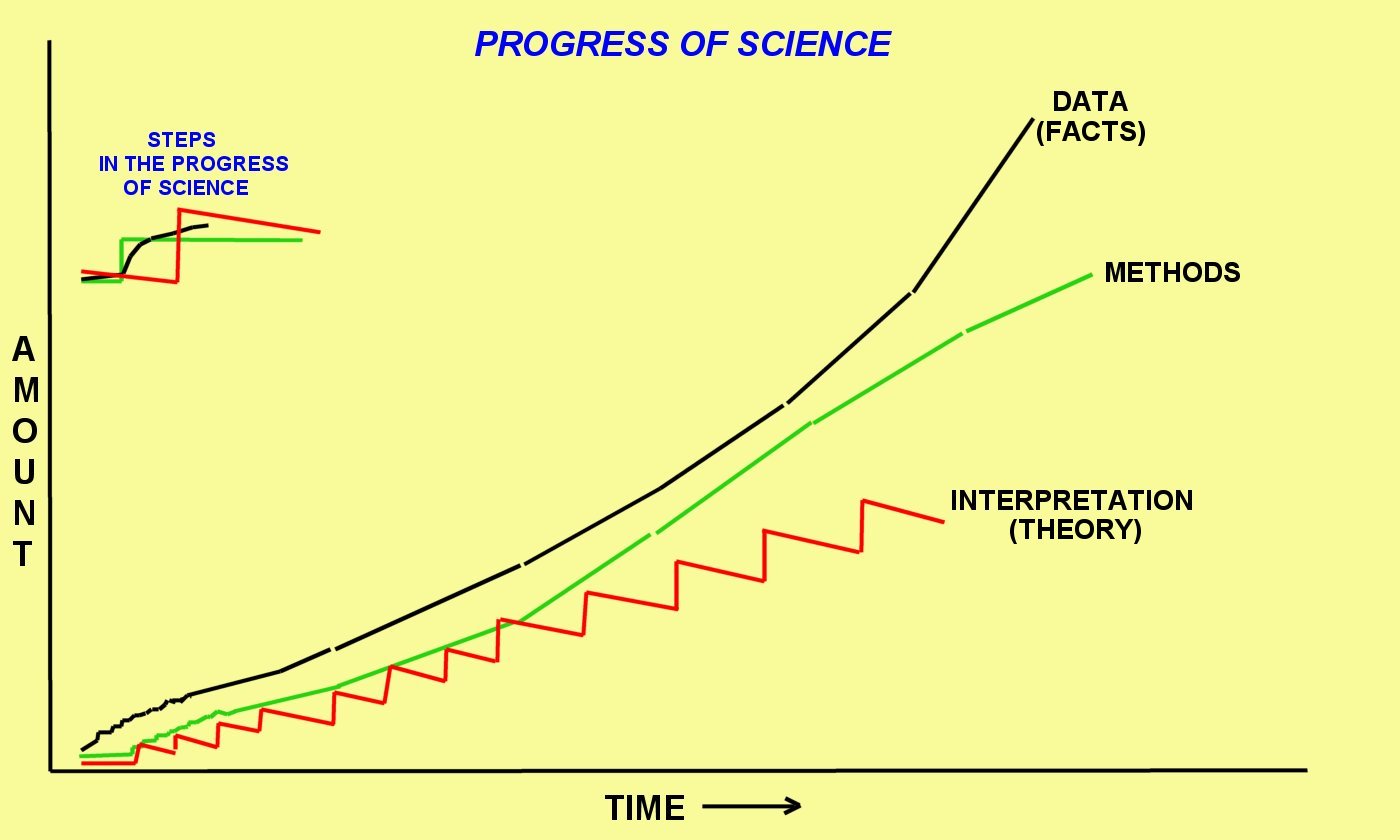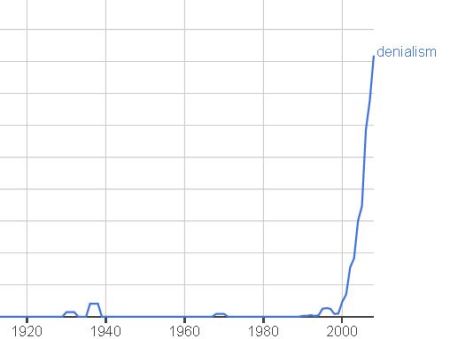My skepticism is not about science and medicine as sources or repositories of objective knowledge and understanding. Skepticism is demanded by the fact that what society learns about science and medicine is mediated by human beings. That brings in a host of reasons for skepticism: human fallibility, individual and institutional self-interest, conflicts of interest, sources of bias and prejudice.
I have never come across a better discussion of the realities about science and its role in society than Richard Lewontin’s words in his book, Biology as Ideology (Anansi Press 1991, HarperPerennial 1992; based on 1990 Massey Lectures, Canadian Broadcasting Corporation):
“Science is a social institution about which there is a great deal of misunderstanding, even among those who are part of it. . . [It is] completely integrated into and influenced by the structure of all our other social institutions. The problems that science deals with, the ideas that it uses in investigating those problems, even the so-called scientific results that come out of scientific investigation, are all deeply influenced by predispositions that derive from the society in which we live. Scientists do not begin life as scientists, after all, but as social beings immersed in a family, a state, a productive structure, and they view nature through a lens that has been molded by their social experience.
. . . science is molded by society because it is a human productive activity that takes time and money, and so is guided by and directed by those forces in the world that have control over money and time. Science uses commodities and is part of the process of commodity production. Science uses money. People earn their living by science, and as a consequence the dominant social and economic forces in society determine to a large extent what science does and how it. does it. More than that, those forces have the power to appropriate from science ideas that are particularly suited to the maintenance and continued prosperity of the social structures of which they are a part. So other social institutions have an input into science both in what is done and how it is thought about, and they take from science concepts and ideas that then support their institutions and make them seem legitimate and natural. . . .
Science serves two functions. First, it provides us with new ways of manipulating the material world . . . . [Second] is the function of explanation” (pp. 3-4). And (p. 5) explaining how the world works also serves as legitimation.
Needed skepticism takes into account that every statement disseminated about science or medicine serves in some way the purpose(s), the agenda(s), of the source or sources of that statement.
So the first thing to ask about any assertion about science or medicine is, why is this statement being made by this particular source?
Statements by pharmaceutical companies, most particularly their advertisements, should never be believed, because, as innumerable observers and investigators have documented, the profit motive has outweighed any concern for the harm that unsafe medications cause even as there is no evidence for definite potential benefit. The best way to decide on whether or not to prescribe or use a drug is by comparing NNT and NNH, the odds on getting benefit compared to the odds of being harmed; but NNT and NNH are never reported by drug companies. For example, there is no evidence whatsoever that HPV vaccination decreases the risk of any cancer; all that has been observed is that the vaccines may decrease genital warts. On the other hand, many individuals have suffered grievous harm from “side” effects of these vaccines (see Holland 2018 in the bibliography cited just below, and the documentary, Sacrificial Virgins. TV ads by Merck, for example in August 2020 on MSNBC, cite the Centers for Disease Control & Prevention as recommending the vaccine not only for girls but also for boys.
For fully documented discussions of the pervasive misdeeds of drug companies, consult the books listed in my periodically updated bibliography, What’s Wrong with Present-Day Medicine.
I recommend particularly Angell 2004, Goldacre 2013, Gøtzsche 2013, Healy 2012, Moynihan, & Cassels 2005. Greene 2007 is a very important but little-cited book describing how numbers and surrogate markers have come to dominate medical practice, to the great harm of patients.
Official reports may be less obviously deceitful than drug company advertisements, but they are no more trustworthy, as argued in detail and with examples in “Official reports are not scientific publications”, chapter 3 in my Dogmatism in Science and Medicine: How Dominant Theories Monopolize Research and Stifle the Search for Truth (McFarland 2012):
“reports from official institutions and organizations . . . are productions by bureaucracies . . . . The actual authors of these reports are technical writers whose duties are just like those of press secretaries, advertising writers, and other public-relations personnel: to put on the actual evidence and conclusions the best possible spin to reinforce the bureaucracy’s viewpoint and emphasize the importance of the bureaucracy’s activities.
Most important: The Executive Summaries, Forewords, Prefaces, and the like may tell a very different story than does the actual evidence in the bulk of the reports. It seems that few if any pundits actually read the whole of such documents. The long public record offers sad evidence that most journalists certainly do not look beyond these summaries into the meat of the reports, given that the media disseminate uncritically so many of the self-serving alarums in those Executive Summaries” (p. 213).
So too with press releases from academic institutions.
As for statements direct from academic and professional experts, recall that, as Lewontin pointed out, “people earn their living by science”. Whenever someone regarded as an expert or authority makes public statements, an important purpose is to enhance the status, prestige, career, profitability, of who is making the statement. This is not to suggest that such statements are made with deliberate dishonesty; but the need to preserve status, as well as the usual illusion that what one believes is actually true, ensures that such statements will be dogmatically one-sided assertions, not judicious assessments of the objective state of knowledge.
Retired academic experts like myself no longer suffer conflicts of interest at a personal or institutional-loyalty level. When we venture critiques of drug companies, official institutions, colleges and universities, and even individual “experts” or former colleagues, we will be usually saying what we genuinely believe to be unvarnished truth. Nevertheless, despite the lack of major obvious conflicts of interest, one should have more grounds than that for believing what we have to say. We may still have an unacknowledged agenda, for instance a desire still to do something useful even as our careers are formally over. Beyond that, of course, like any other human beings, we may simply be wrong, no matter that we ourselves are quite sure that we are right. Freedom from frank, obvious conflicts of interest does not bring with it some superhuman capacity for objectivity let alone omniscience.
In short:
Believe any assertion about science or medicine, from any source, at your peril.
If the matter is of any importance to you, you had best do some investigating of evidence and facts, and comparison of diverse interpretations.








